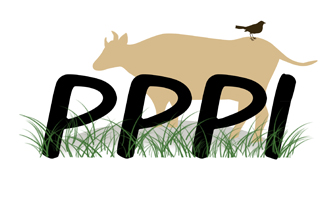APAS Calls for New Approach to PFRA Pasture Transition
February 10, 2015
Regina: Agricultural Producers Association of Saskatchewan (APAS), Community Pasture Patrons Association of Saskatchewan (CPPAS), Public Pastures – Public Interest (PPPI) and Saskatchewan Wildlife Federation (SWF) examined Saskatchewan’s approach to pasture transition and found it would adversely affect the livestock industry in Saskatchewan.
“We are asking the Saskatchewan Government to take a hard look at its current approach to the transition of the 62 PFRA pastures which affects 1.8 million acres or 2,500 ranchers,” says Norm Hall, APAS President. “The current process is inefficient, short and long-term costs will rise substantially for patrons, and public expectations and regulations for pastures could prove to be unworkable.”
The study (executive summary here) commissioned by the four partners is anchored in the following principles:
- Conserving native grassland is critically important;
- Land use should re-inforce the economic viability of our livestock sector;
- Natural working ecosystems must be preserved over the long term;
- Business and governance systems must be efficient and effective;
- Producers should not be expected to pay for public benefits.
(Full Report can be found here.)
The approach taken by Saskatchewan is to increase revenues at the expense of producers and to offload responsibility for the environment from the public sector to pasture patrons. Pasture patrons are being asked to pay a full Crown land grazing rate. They are required to provide full public access and manage and report on the ecological, environmental and endangered species on native landscapes without required resources. “A level playing field is required,’ says Ian McCreary, CPPAS Chair.
“Preserving a working natural landscape where hunters and naturalists can share the pasture system into the future must be maintained,” says Darrell Crabbe, Executive Director, SWF. “Pasture patrons cannot be expected to shoulder the costs of sourcing the expertise required and providing ongoing public benefits.”
“APAS is concerned over the long term viability of the livestock industry in Saskatchewan,” says Hall. “We have a shrinking beef breeding herd and livestock producer numbers are falling. The current approach leads to a further acceleration of producers leaving the industry. Pasture patrons may fall by one-half. The current approach closes the opportunity for young producers to enter the industry. A different approach is needed if we are to build a strong, sustainable Saskatchewan livestock industry.”
Norm Hall
President, APAS
Ian McCreary
Chair, CPPAS
Darrell Crabbe
Executive Director, SWF
Trevor Herriot
Public Pastures-Public Interest
Tags: APAS, community pastures, cppas, grassland, PFRA, SWF

